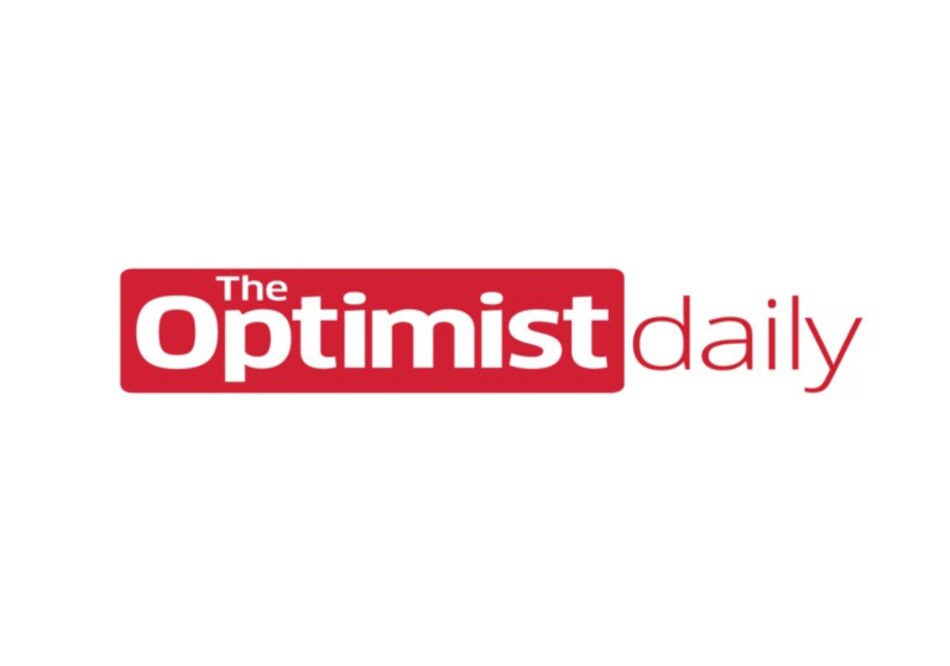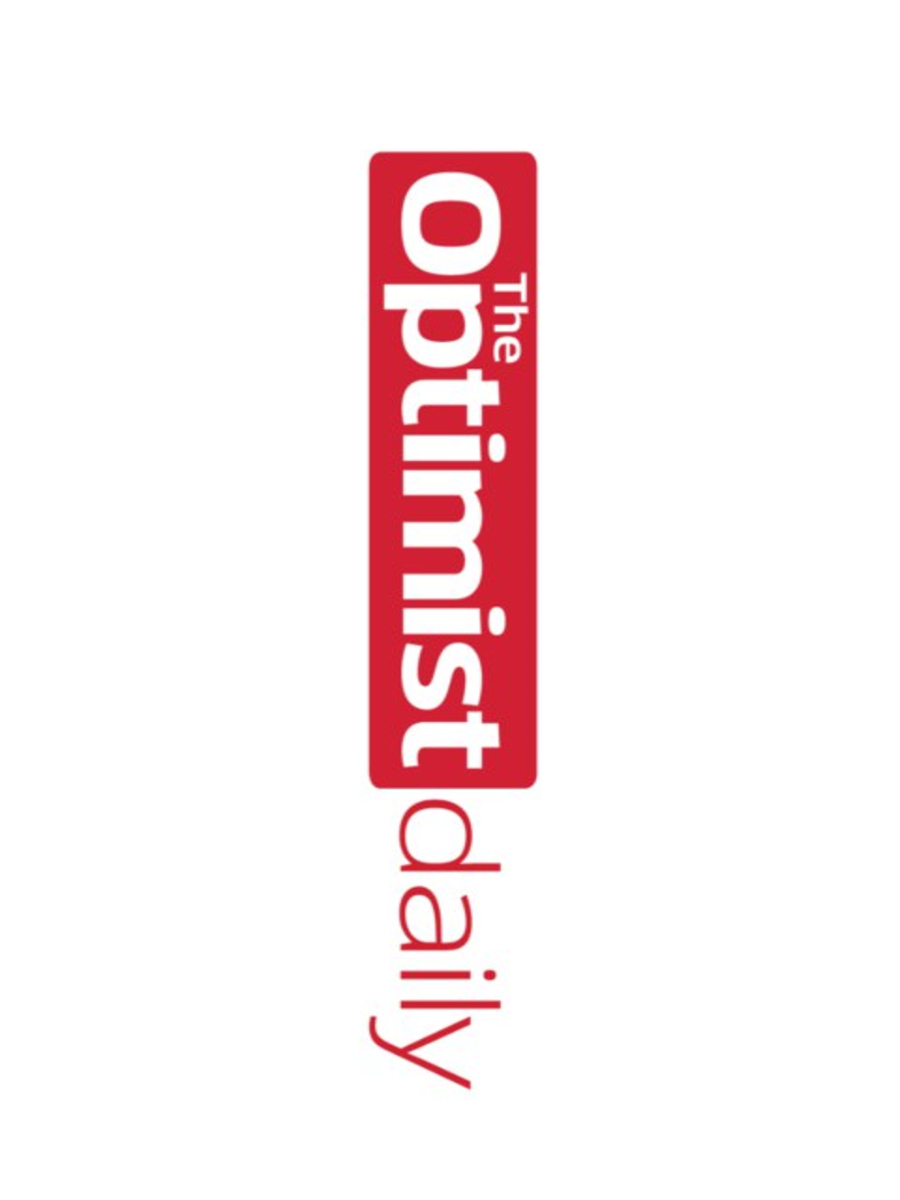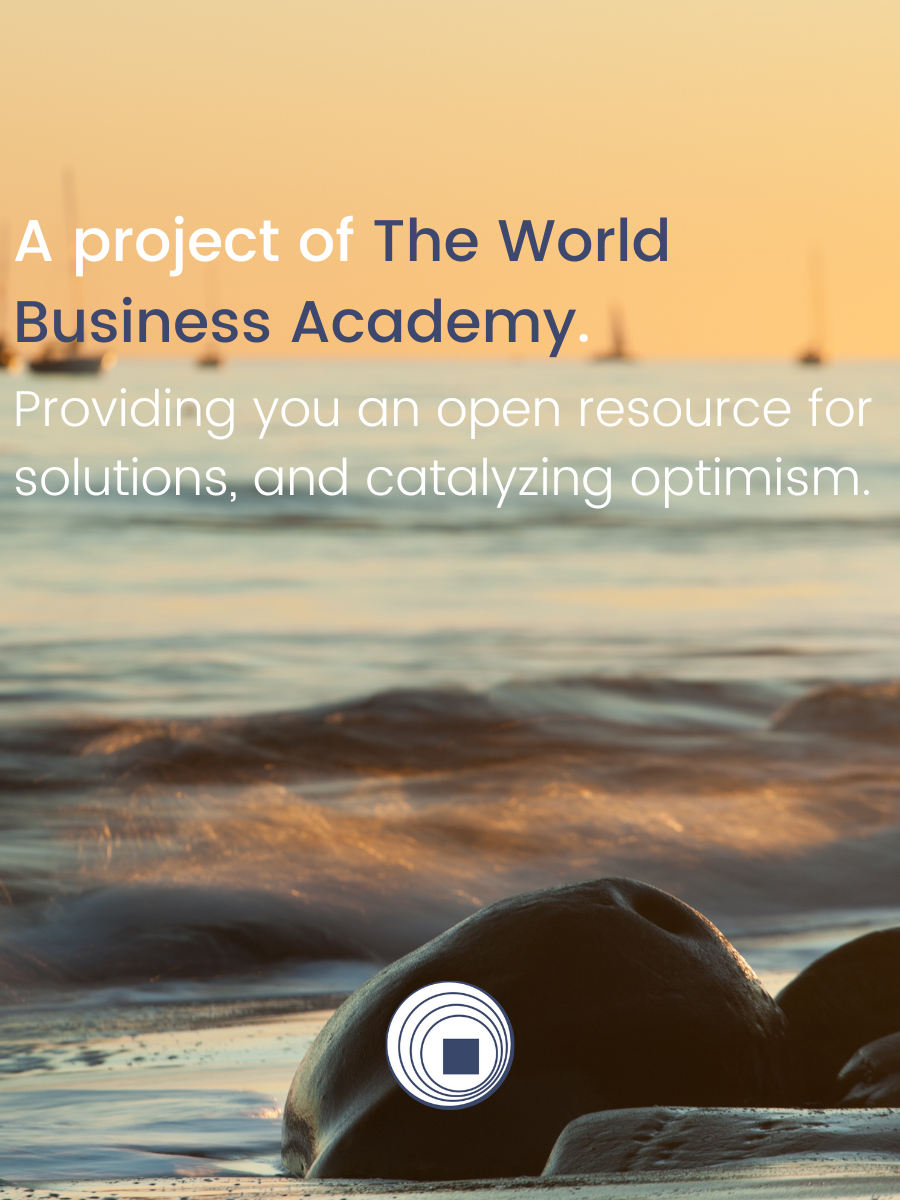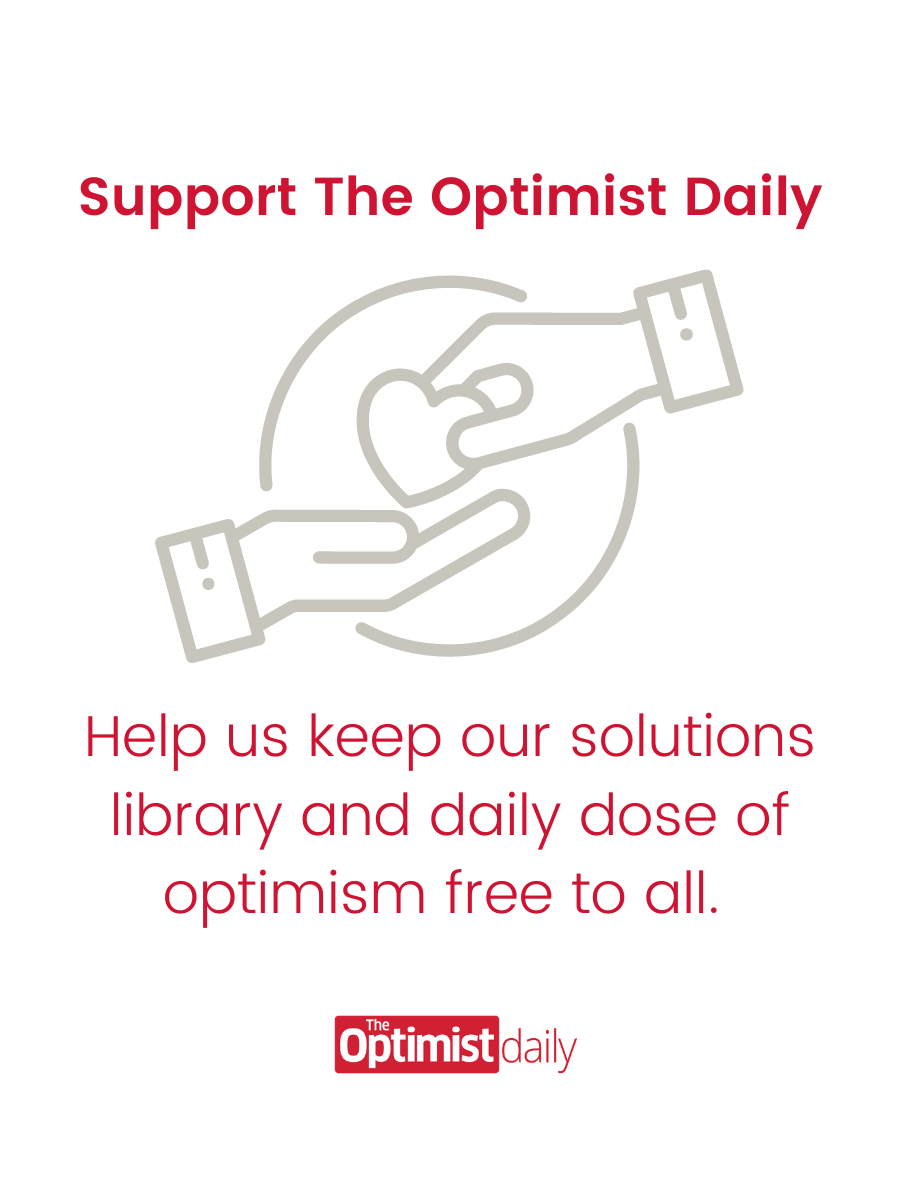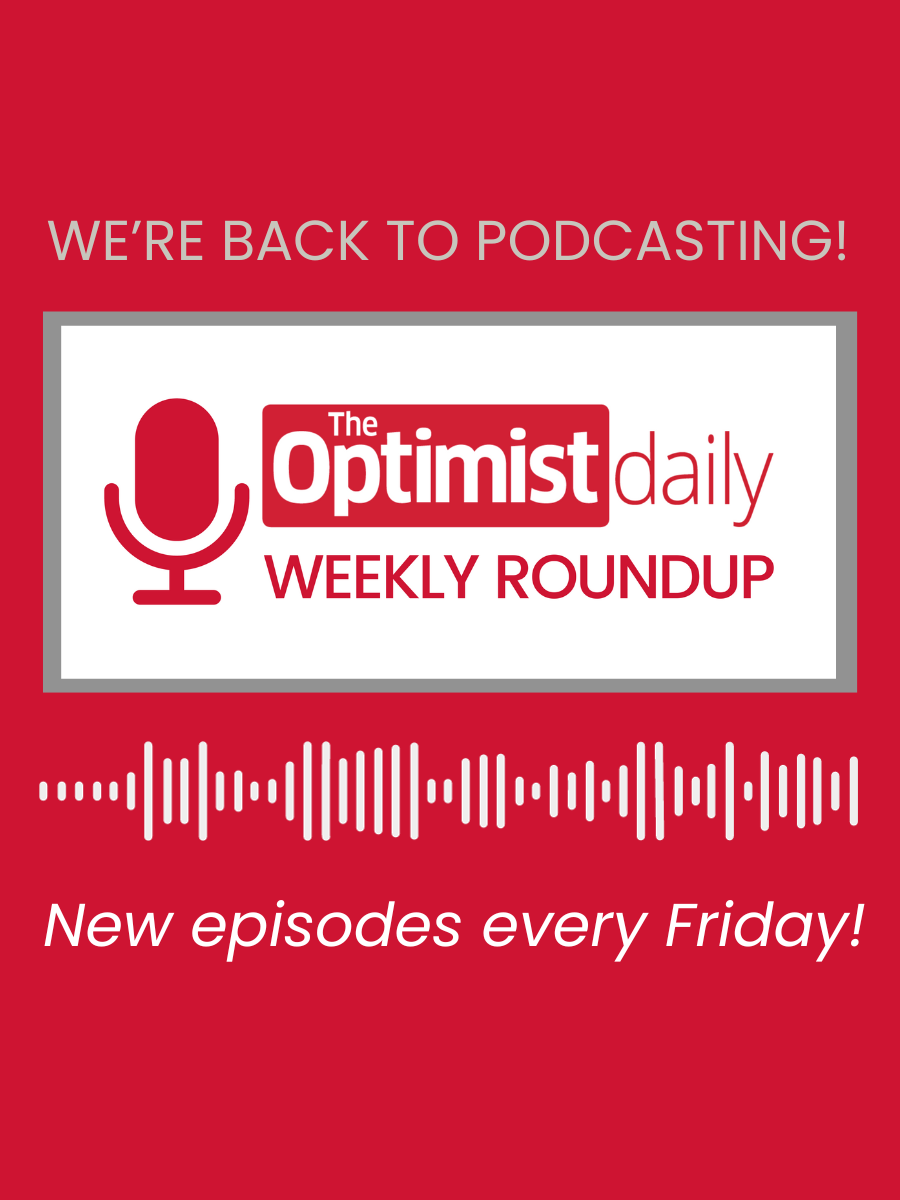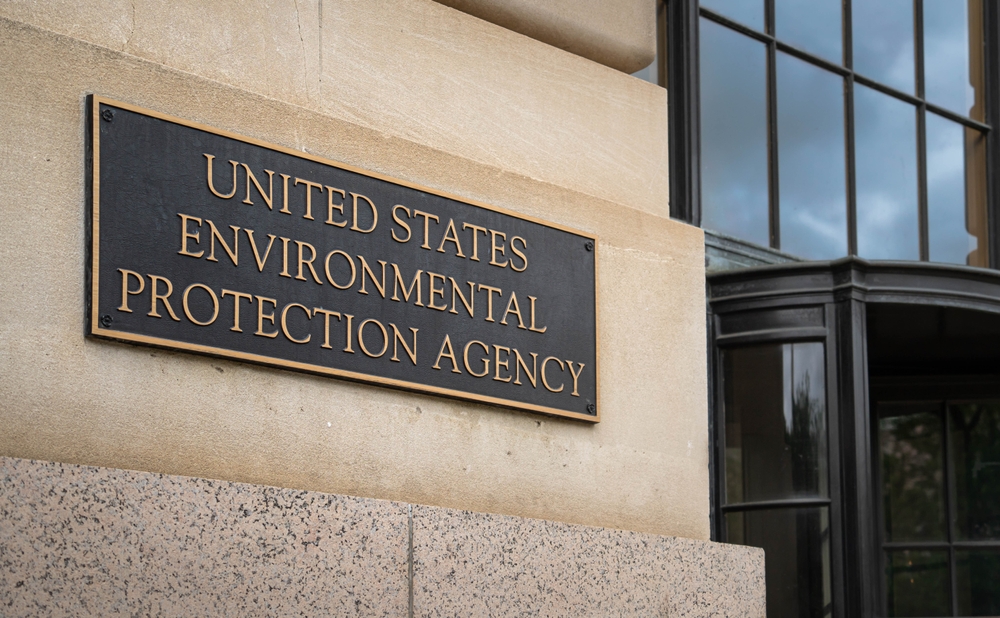Harvard Medical School biologist George Church is most famous for inventing ways of reading and editing DNA, but these days, the scientist is on a new mission: bringing back the woolly mammoth. At the helm of a new company, Colossal, and armed with $15 million in initial funding, Church and his team hope to produce embryos of these elephant-like mammoths in the next few years and eventually reintroduce them. If successful, their work would revolutionize the study of extinct animals and perhaps even help mitigate climate change.
The tundra of Siberia and North America where the giant animals once grazed is rapidly warming. Today, the region is mostly dominated by moss, but it used to be grasslands. Church and other researchers theorize that the reintroduction of woolly mammoths would help break up moss, knock down trees, and provide fertilizer in the form of droppings. This would keep the soil from melting and potentially even lock away carbon dioxide.
Church first introduced his mammoth revival idea in a National Geographic Society talk in 2013. The concept gained a lot of attention and funding, and Church spent the next eight years working with a small team of researchers to painstakingly develop the tools for recreating mammoths. The team analyzed the genomes of woolly mammoths collected from fossils and categorized the differences between these ancient species and modern-day elephants.
After connecting with Ben Lamm, the founder of artificial intelligence company Hypergiant, Colossal was founded to continue the work. Their aim is to remove the DNA from an elephant egg and replace it with the mammoth-like DNA. The researchers are also looking into turning ordinary elephant tissue into stem cells and growing them in an artificial uterus.
It’s safe to say that bringing the woolly mammoth back remains a long shot, not to mention it prompts a number of ethical concerns, but researchers point out that even if the effort is unsuccessful, Colossal’s work could be used to save species under threat from diseases by arming them with genes for resistance to a pathogen.



